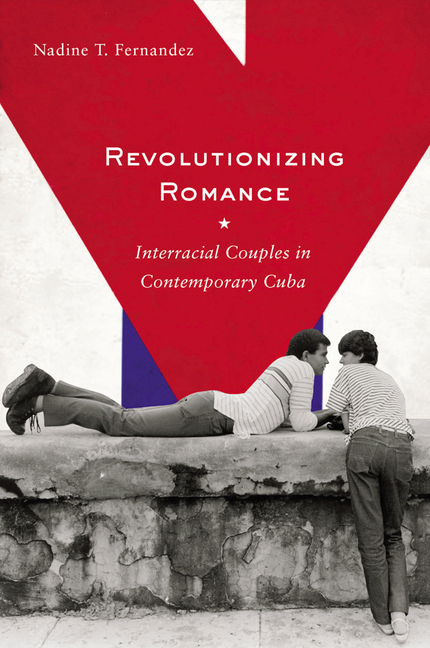Race, Identity, and Medical Genomics in the Obama Age (Lecture by Duana Fullwiley)Posted in Africa, Health/Medicine/Genetics, Live Events, Media Archive, Social Science, Women on 2010-10-11 03:27Z by Steven |
Race, Identity, and Medical Genomics in the Obama Age (Lecture by Duana Fullwiley)
Fall 2010 Honors Colloquium: RACE
University of Rhode Island
Edwards Auditorium, URI Kingston Campus
Tuesday, 2010-10-05, 19:00 ET (Local Time); (23:00Z)
Duana Fullwiley, Assistant Professor of African and African American studies and of Medical Anthropology
Harvard University
A series of public programs at the University of Rhode Island presented by the URI Honors Program
Join us! The public is invited to attend this series of free events.
Perceptions about race shape everyday experiences, public policies, opportunities for individual achievement, and relations across racial and ethnic lines. In this colloquium we will explore key issues of race, showing how race still matters.
Watch the lecture below:
Other articles by or about Duana Fullwiley:
- “Race and Genetics: An Attempt to Define the Relationship”
- “Race in a Genetic World”
- “The Biologistical Construction of Race: ‘Admixture’ Technology and the New Genetic Medicine”
- “Racial Categories in Medical Practice: How Useful Are They?”
From “Race in a Genetic World”:
“I am an African American,” says Duana Fullwiley, “but in parts of Africa, I am white.” To do fieldwork as a medical anthropologist in Senegal, she says, “I take a plane to France, a seven- to eight-hour ride. My race changes as I cross the Atlantic. There, I say, ‘Je suis noire,’ and they say, ‘Oh, okay—métisse—you are mixed.’ Then I fly another six to seven hours to Senegal, and I am white. In the space of a day, I can change from African American, to métisse, to tubaab [Wolof for “white/European”]. This is not a joke, or something to laugh at, or to take lightly. It is the kind of social recognition that even two-year-olds who can barely speak understand. ‘Tubaab,’ they say when they greet me.”



